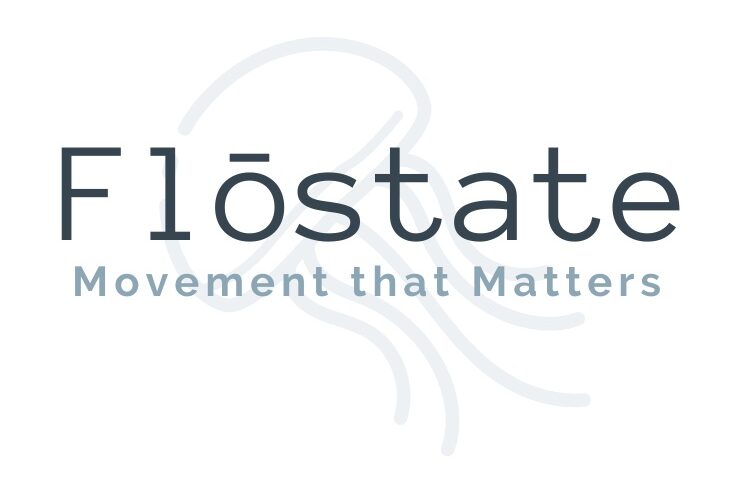The Link Between Low Back Pain and Your Glutes
Why low back pain?
Low back pain plagues 80% of Americans at some point in their lives and can originate from a variety of factors and conditions. Today’s focus is on glute activation to help relieve low back pain.
How your glutes play a role in low back pain
Your gluteal muscles are meant to work synergistically with other muscles to stabilize your femurs when you stand, extend and externally rotate your hips. Sometimes these “other muscles” can take over and lead to weakened and/or shortened glutes. This imbalance of strength and muscle activation can lead to low back pain. This pain happens when the low back becomes overly mobile as a result of the glutes not properly stabilizing the femur. For instance, when you are walking or running, the femur can internally rotate, causing a drop in the pelvis (Trendelenburg gait) which pulls on the lumbar spine.
3 Quick Ways to Assess Your Glute Function
How do you know if your glutes are firing adequately? Try these three assessments for clues. Grab a friend or family member to watch you move and help you see subtle clues more clearly. Better yet, sign up for your full Virtual Assessment with Curated Class Prescription. See the end of the article for details.*
- Posture alignment test: Take off your shoes. Stand sideways with your feet together. Bend your arms and put your wrist on the side of your high hip bone (Iliac crest). Lay your hand flat and fingers straight down the side of your thigh. Note where your longest finger lines up. It should be at the level of your greater trochanter- the bump on the side of your upper thigh. Now look to see where that bone is lining up with your outer ankle bone- your lateral malleolus. With optimal posture, those bony landmarks should line up. If your greater trochanter is in front of your lateral malleolus (your lateral ankle bone) you may have weaker or shortened glutes.
- Do some squats and see what happens to your knees: With shoes off, widen your feet to hip width apart. Reach your hands directly in front of your shoulders with elbows straight. Sit back into a squat and watch what your knees do. Did they rotate out or inward? This can be subtle, so watch carefully. And, try to not overly control your movement to make your knees stay straight. We are trying to understand what your body does when you are not thinking about your movement. If your knees move inward, you may have weaker or shorter glutes.
- Try a single leg squat: With shoes off, place your hands on your hips and lift one foot off the ground and bring the knee to hip height. Watching the knee of the leg you are standing on carefully, try to squat down a little. This is going to be a small range of motion compared to your regular squats and that is okay.
Again, watch what your knee does. Did it rotate out or inward? This can be subtle, so watch carefully. And, try to not overly control your movement to make your knees stay straight. If your knees move inward, you may have weaker or shorter glutes.
My glutes may be weak or shortened, now what?
Weaker or shortened glutes are not the end of the world, but if you sometimes experience low back pain or want to avoid low back pain, improving your glute strength and function will help. Try to incorporate more lower body strengthening exercises such as squats, lunges or hip thrusts into your routine. Try 2 sets of 12 reps, 3x per week.
